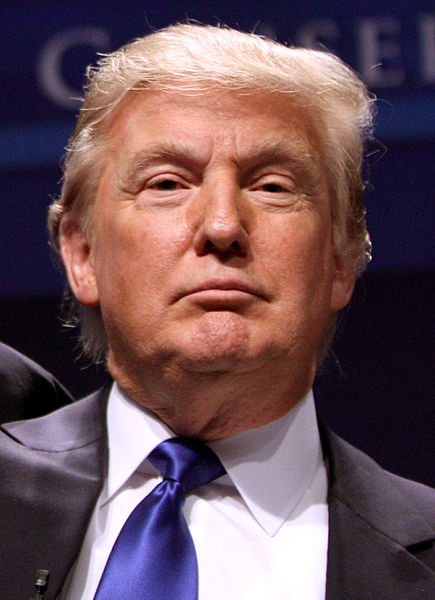President Trump's Enemies List

Richard Nixon’s enemies list was a black-tie affair. What a party! The twenty original names included such luminaries as film star Paul Newman, Congress member Ron Dellums, and journalist Daniel Schorr. Some powerfulVIPs almost felt slighted not to make The List.
The Nixon people later added scores of other individuals, as well as groups, but they could conveniently amass only so many names, given how primitive the technology was compared to today.
Of course, there was also the earlier McCarthy era, with its less exclusive blacklists of scads of subversives. But at least Sen. Joseph McCarthy didn’t sit in the Oval Office. Nor could he track ordinary Americans to the extent that law-enforcement and intel agencies can today—if nothing else, by monitoring social media postings on Facebook and elsewhere.
Now flash ahead to the possible presidency of one Donald Trump and consider the need within the bounds of ethics to pull out all stops to prevent him from sullying the White House. We already understand how vindictive and litigation-minded The Donald can be—just look at his dreams of using the presidency to make antitrust trouble for Jeff Bezos, CEO of Amazon and owner of the Washington Post, to name one of many examples. But did you know that Trump has his own indirect McCarthy ties, by way of the late Roy Cohn?
Having served as one of McCarthy’s most vicious aides, Cohn went on to eventually become a thuggish lawyer for Trump, as documented in The Truth about Trump, a well-researched biography by Michael D’Antonio, a veteran journalist who helped Newsday win a Pulitzer.
Cohn tutored Trump in press manipulation and during the Nixon administration did his best to bully a young Justice Department attorney working on an anti-discrimination suit against The Donald.
Might Trump and his allies give us a turbocharged reinvention of McCarthyism, using databases to track his enemies with far more than Stasi- and KGB-level efficiency? And could an outspoken ebook, pbook or blog turn into a genuine threat to your health—maybe even a fatal one, if Trump emulates his hero Putin, under whom so many Russian journalist have died under suspicious circumstances? Keep in mind Trump’s own love of violence, as demonstrated by his incitement of it at his rallies.
The conventional wisdom among establishment Republicans is that the usual suspects would tame Trump rather than the other way around, one excuse that major GOP politicians have used to justify their party’s bizarre nominee for President. I’m not so certain of that. If you read the D’Antonio book, you’ll find a recurring pattern in The Donald’s life—a grotesque swollen ego and a hair-trigger temper mixed with an eagerness to inflict pain on others. “At Kew-Forest,” D’Antonio writes of his subject’s elementary school days, “Donald Trump was a bit of a terror. He once said that he gave a teacher a black eye ‘because I didn’t think he knew anything about music.’ According to Trump, he was then already the person he would always be. ‘I don’t think people change very much,’ Trump would tell me. ‘When I look at myself in the first grade and I look at myself now, I’m basically the same. The temperament is not that different.'”





